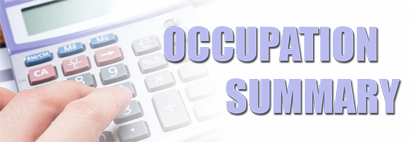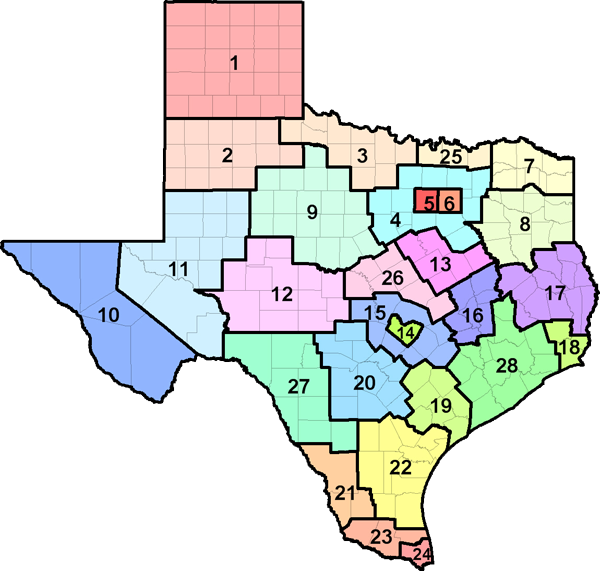The U.S. Department of Labor has developed an automated occupational information database, O*NET, that identifies and describes work content, work skills, and training requirements for all jobs across the country in all sectors of the economy. Much of the occupational information contained in this report is derived directly from the O*NET database, and supplemented with information from the Bureau of Labor Statistics, Census Bureau, and Labor Market and Career Information.

| Industry | % of Geothermal Technicians employed | Annual Growth Rate |
|---|---|---|
| Services to buildings and dwellings | 9.2 | 0.11 |
| Other miscellaneous manufacturing | 3.7 | 0.41 |
| Building finishing contractors | 3.4 | 0.00 |
| Building equipment contractors | 3 | 0.00 |
| Other miscellaneous retailers | 3 | 0.17 |
| Other specialty trade contractors | 2.7 | -0.19 |
| Employment services | 2.5 | 0.21 |
| Machinery, equipment, and supplies merchant wholesalers | 2.5 | -0.21 |
| Other amusement and recreation industries | 2.1 | 0.71 |
| Furniture and home furnishings retailers | 2 | -0.25 |
| 2023 Statewide average hourly wage | $22.42 |
| 2023 National average hourly wage | $24.27 |
| 2022 National employment | 195,400 |
| 2022 Texas employment | 13,039 |
| Texas projected employment by 2032 | 14,690 |
| Texas projected annual employment and Turnover openings through 2032 | 1,468 |

| Region | Employment | Projected Employment 2032 | Projected Annual Openings 2032 |
Annual Growth Rate |
Average Income |
|---|---|---|---|---|---|
| Texas (all regions) | 13,039 | 14,690 | 1,468 | 1.20% | $46,642.00 |
| Top 10 Relevant Knowledge Areas | Relevant Importance Levels |
|---|---|
| Mechanical Knowledge of machines and tools, including their designs, uses, repair, and maintenance. |
|
| English Language Knowledge of the structure and content of the English language including the meaning and spelling of words, rules of composition, and grammar. |
|
| Physics Knowledge and prediction of physical principles, laws, their interrelationships, and applications to understanding fluid, material, and atmospheric dynamics, and mechanical, electrical, atomic and sub-atomic structures and processes. |
|
| Education and Training Knowledge of principles and methods for curriculum and training design, teaching and instruction for individuals and groups, and the measurement of training effects. |
|
| Public Safety and Security Knowledge of relevant equipment, policies, procedures, and strategies to promote effective local, state, or national security operations for the protection of people, data, property, and institutions. |
|
| Chemistry Knowledge of the chemical composition, structure, and properties of substances and of the chemical processes and transformations that they undergo. This includes uses of chemicals and their interactions, danger signs, production techniques, and disposal methods. |
|
| Mathematics Knowledge of arithmetic, algebra, geometry, calculus, statistics, and their applications. |
|
| Design Knowledge of design techniques, tools, and principles involved in production of precision technical plans, blueprints, drawings, and models. |
|
| Telecommunications Knowledge of transmission, broadcasting, switching, control, and operation of telecommunications systems. |
|
| Production and Processing Knowledge of raw materials, production processes, quality control, costs, and other techniques for maximizing the effective manufacture and distribution of goods. |
| Top 10 Relevant Skill Areas | Relevant Importance Levels |
|---|---|
| Operations Monitoring Watching gauges, dials, or other indicators to make sure a machine is working properly. |
|
| Monitoring Monitoring/Assessing performance of yourself, other individuals, or organizations to make improvements or take corrective action. |
|
| Troubleshooting Determining causes of operating errors and deciding what to do about it. |
|
| Operation and Control Controlling operations of equipment or systems. |
|
| Quality Control Analysis Conducting tests and inspections of products, services, or processes to evaluate quality or performance. |
|
| Critical Thinking Using logic and reasoning to identify the strengths and weaknesses of alternative solutions, conclusions, or approaches to problems. |
|
| Reading Comprehension Understanding written sentences and paragraphs in work-related documents. |
|
| Active Learning Understanding the implications of new information for both current and future problem-solving and decision-making. |
|
| Complex Problem Solving Identifying complex problems and reviewing related information to develop and evaluate options and implement solutions. |
|
| Judgment and Decision Making Considering the relative costs and benefits of potential actions to choose the most appropriate one. |
| Top 10 Relevant Abilities | Relevant Importance Levels |
|---|---|
| Near Vision The ability to see details at close range (within a few feet of the observer). |
|
| Problem Sensitivity The ability to tell when something is wrong or is likely to go wrong. It does not involve solving the problem, only recognizing that there is a problem. |
|
| Deductive Reasoning The ability to apply general rules to specific problems to produce answers that make sense. |
|
| Perceptual Speed The ability to quickly and accurately compare similarities and differences among sets of letters, numbers, objects, pictures, or patterns. The things to be compared may be presented at the same time or one after the other. This ability also includes comparing a presented object with a remembered object. |
|
| Arm-Hand Steadiness The ability to keep your hand and arm steady while moving your arm or while holding your arm and hand in one position. |
|
| Visualization The ability to imagine how something will look after it is moved around or when its parts are moved or rearranged. |
|
| Selective Attention The ability to concentrate on a task over a period of time without being distracted. |
|
| Control Precision The ability to quickly and repeatedly adjust the controls of a machine or a vehicle to exact positions. |
|
| Flexibility of Closure The ability to identify or detect a known pattern (a figure, object, word, or sound) that is hidden in other distracting material. |
|
| Information Ordering The ability to arrange things or actions in a certain order or pattern according to a specific rule or set of rules (e.g., patterns of numbers, letters, words, pictures, mathematical operations). |